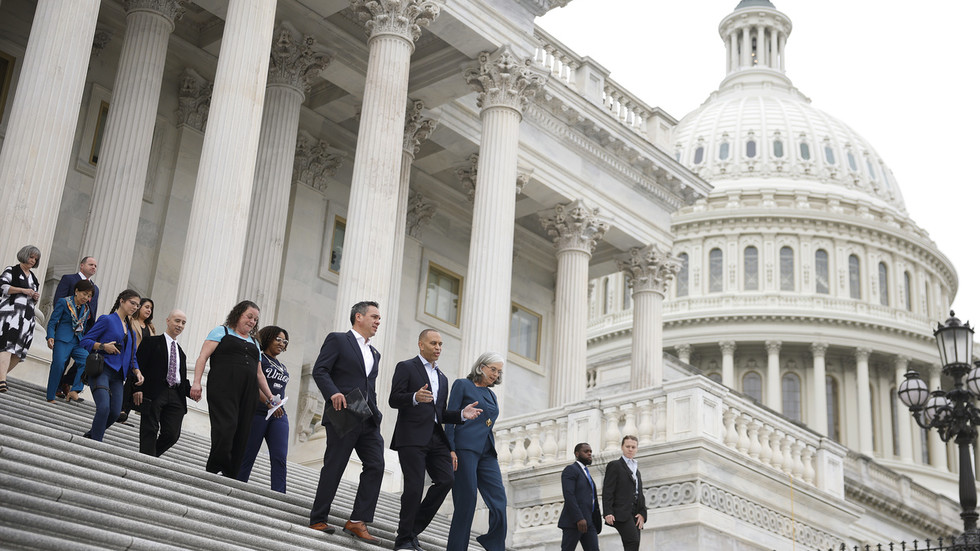The United States federal government has shut down due to a failure to agree on a spending bill in the Senate. The deadline to approve funds for running the government expired on Wednesday, as both Republicans and Democrats rejected each other’s spending plans in a back-to-back vote.
The disagreement centered on the Republican bill, which Democrats refused to support. They demanded an extension of Affordable Care Act subsidies set to expire at the end of the year, as well as the reversal of Medicaid cuts. Democrats argued that the Republican plan would endanger the healthcare of many Americans, while Republicans framed their proposal as a “clean” and non-partisan solution.
Both parties blamed each other for the crisis. Senate Republican leader John Thune stated that “far-left interest groups and far-left Democrat members” were seeking a confrontation with the president. In response, Senate Minority Leader Chuck Schumer accused Republicans of “risking America’s healthcare” and refusing to negotiate in good faith.
As a result of the shutdown, federal agencies will partially suspend services, and many employees will be furloughed. This marks the first government shutdown in seven years, with the last one occurring from December 22, 2018, and lasting 35 days.
The shutdown is expected to have significant implications for the functioning of the government and the delivery of public services. With the Affordable Care Act subsidies and Medicaid cuts at the center of the dispute, the healthcare of many Americans hangs in the balance. The situation is likely to continue until an agreement is reached between the two parties, with further developments expected in the coming days.
The US government shutdown has significant consequences, including the furloughing of many federal employees and the disruption of essential services. As the situation unfolds, it remains to be seen how long the shutdown will last and what impact it will have on the country.
